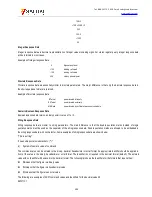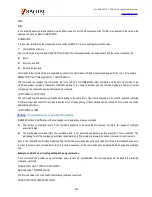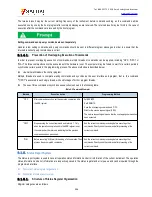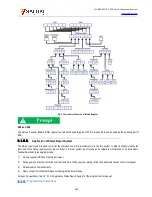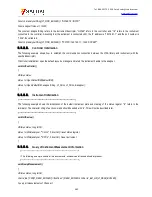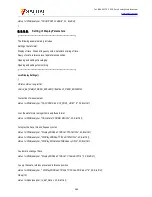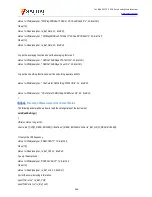
Tel: 886.2.2175 2930 Email: [email protected]
www.salukitec.com
257
1) STB and SRE
The top register of the status report system is composed of the status byte (STB) and associated shielding register, i.e. service request
enabling register (SRE). STB is used to collect the information of registers of the lower layers and save the general working conditions
of the instrument.
2) ESR and SCPI status register
STB is used to receive the following register information:
a) Relevant values of event status registers and event status enabling (ESE) shielding registers.
b) SCPI status registers, such as
STATus:OPERation
and
STATus:QUEStionable
registers (defined by the SCPI standard),
including specific operations of the instrument. All the SCPI status registers have the same internal structure (refer to "2.1.5.2
Structure of SCPI Status Register" of the program control manual).
3) IST and PPE
The separate bit of SRQ and IST sign ("IndividualSTatus") is composed of the combination of all statuses of the instrument. The STB
data bit for the IST sign depends on the associated Parallel Poll Enable (PPE) Register.
4) Output buffer zone
The output buffer zone is used to save messages returned by the instrument to the controller. It does not belong to the status report
system, but is decisive to the MAV bit of STB. For details of the above registers, refer to "2.1.5 Status Report System" of the program
control manual. Refer to Fig. 9.3 for the hierarchical structure of the status register.












